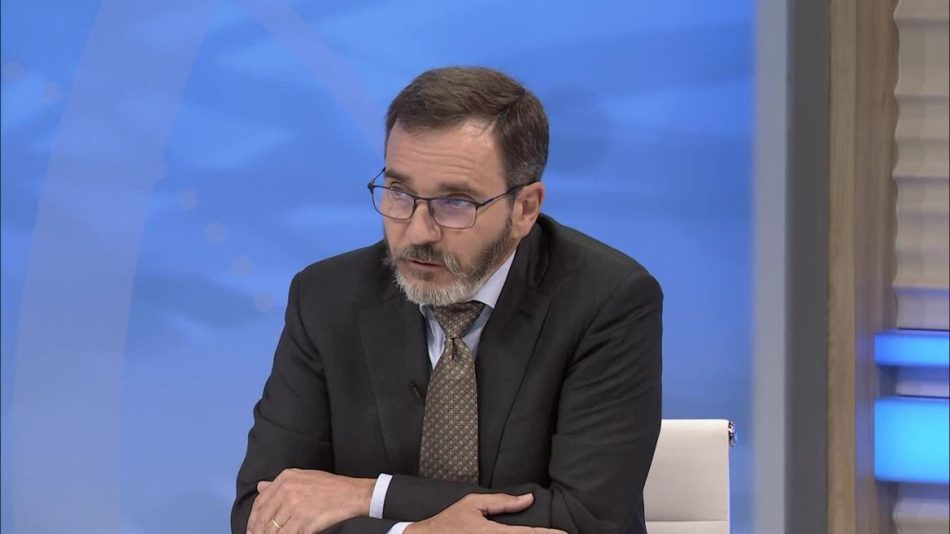IMF World Economic Outlook Presser

IMF
The IMF sees the global economy gradually recovering from the pandemic and Russia’s invasion of Ukraine, but there are still significant hurdles to overcome (July 25, 2023).
“The global economy continues to gradually recover from the pandemic and Russia’s invasion of Ukraine. But it is not yet out of the woods,” said IMF chief economist Pierre-Olivier Gourinchas in a press briefing marking the launch of July’s update of the World Economic Outlook report.
Under the IMF’s baseline forecast, growth will slow from last year’s 3.5 percent to 3.0 percent this year and next, a 0.2 percentage points upgrade for 2023 from the IMF’s April projections.
“Now, stronger growth and lower inflation than expected are welcome news suggesting the global economy is headed in the right direction. Yet growth remains low by historical standards, and while some adverse risks of moderated, the balance remains tilted to the downside and it is too early to celebrate, there are growing signs that global activity is losing momentum,” said Gourinchas, IMF’s head of research.
Gourinchas explained that while inflation is subsiding, central banks and policymakers need to remain vigilant and take prudent measures to lower debt and may need to continue hiking rates.
“With higher borrowing costs and increased debt distress, hopefully with inflation starting to recede, we have entered the final stage of the inflationary cycle that started in 2021. But hope is not a policy and the touch down may prove quite difficult to execute,” added Gourinchas.
Looking at current risks, the Russian pull out from the Black Sea grain initiative may signal higher food prices, Gourinchas warned.
“It’s very clear that the Black Sea Grain Initiative was very instrumental in making sure that there would be ample green supply to the world in the last year. And there are estimates of about 33 million tons of grain that were shipped from from Ukraine to the rest of the world. And it helped keep price pressures on food and grain prices lower. Now, the same now that this Grain deal has been suspended, the same mechanics works in reverse and it’s likely to put upward pressure on food prices. And we have some estimates that we’re looking at, you know, in terms of how much of the supply is going to be withdrawn and what is the elasticity of prices to the reduction in demand. And we’re still assessing where we’re going to land. But we would be thinking that somewhere in the range of ten, 15% increase in prices of grains is a reasonable estimate, although we’ll have to see exactly how this is going to unfold,” said Gourinchas.
That could particularly impact Africa, where many countries rely on wheat and grain imports.
“So we have for the for the whole region, we have growth that is slowing a bit from 2022 to 2023, from 3.9 to 3.5%. That’s a very mild downward revision for 2023, about 0.1 percentage points. So this is a growth number that is kind of on the low side. I mean, I was talking about earlier about the fact that this is not an environment of very strong, robust growth,” Gourinchas said about Sub-Saharan Africa.
To read the full report, World Economic Outlook (imf.org)





